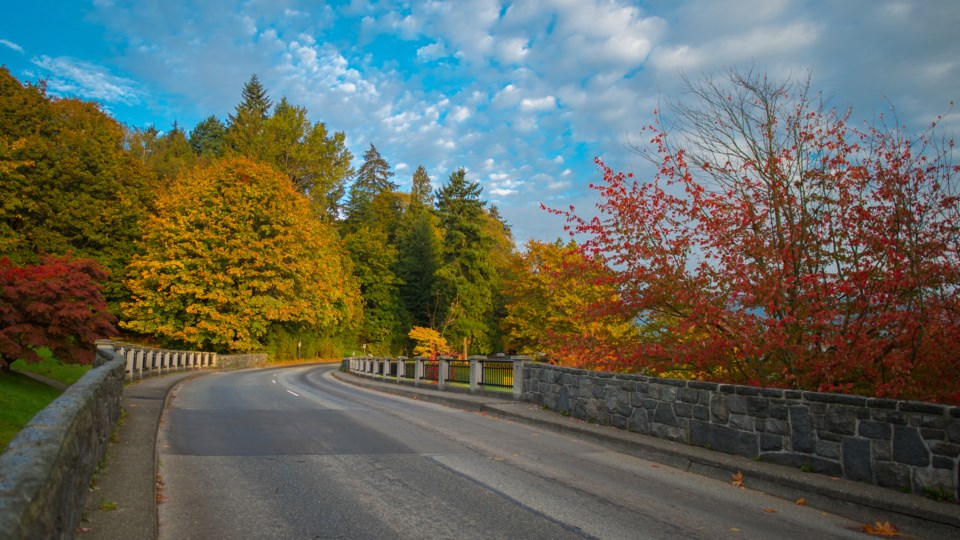Streets are one of those public goods that unite pretty much everyone.
Whether a driver, cyclist, or transit user, the streets of the city play a role in your life, sometimes in drastic ways and sometimes in subtle but notable ways.
So here are some fun facts about the streets of Vancouver we all share.
1. You can go from False Creek to Mexico on one roadway
Oak Street starts off rather dramatically, and maybe that's fitting for one of the longest roadways around. The old (and unused) railway cuts it off from False Creek, but it's not that far from the ocean, less than 250 m.
From there it heads south. If you too, were to head south on Oak, you'd be able to stay on that one roadway without turning off all the way into Mexico.
First, it turns into Highway 99 (while still in Vancouver) and heads to the USA. Once over the border it becomes I-5, one of America's great highways. It goes through Seattle, Portland, Weed, Sacramento, and L.A.
From there it crosses into Tijuana, Mexico, but it's a little unclear which highway it really flows into there, as a couple of roadways branch out. It could just end in Tijuana, or connect with Highway 1 in Mexico (on a map it appears that's an exit, but directions online say the I-5 becomes Highway 1) which goes to the tip of Baja California.
2. The longest street is Stanley Park Drive
According to the City of Vancouver, Stanley Park Drive is the longest street within the city, at 16.6 km long (thanks to all those curves around the water's edge).
For comparison, Boundary Road is about 10 km long, running straight north-south, while Broadway, which runs the width of the city east-west is about 14 km before it hits UBC. Then there's the serpent-y beast that is Southwest Marine Drive/Chancellor Boulevard, West 4th, West 6th, East 2nd, and Great Northern Way (and more). While they all line up as one road as traffic flows, they're considered different roads (and technically UBC isn't Vancouver).
3. The steepest street is in Point Grey
The steepest street isn't Oak Street. While it is quite steep at the start (and gets closed down in icy conditions), a couple of the lesser-used streets in Point Grey have it beat, but two appear to vie for steepest.
According to the city, Tolmie Street between the 1500 and 1800 block may be the steepest, but contour lines show that 1900 to 2100 Discovery Street sees a change of around 40 m over a couple of blocks, making it steeper.
Feel free to cycle the two to compare.
4. Translink owns five bridges
While most public street infrastructure is usually owned by city, provincial and federal governments, they don't own it all.
TransLink owns five bridges.
While most think of TransLink as Metro Vancouver's transit company, it's also the transportation authority. As such, it owns the Knight Street Bridge, the Pattullo Bridge, the Golden Ears Bridge, the Westham Island Bridge, and the Canada Line Bike and Pedestrian Bridge.
5. The Cambie Street Boulevard is a historical site
When you're driving through Vancouver, you may be spending a good chunk of time looking at a historical site without realizing it.
There are a few boulevards in the city (we're talking about the type in the middle of the road), but only one has heritage status.
On Cambie Street the boulevard that runs in the middle of the road near Queen Elizabeth Park and into South Vancouver has been deemed to have significant heritage value.
"The Cambie Heritage Boulevard is valued as an early Canadian example of urban design and planning, influenced by principles of the English Garden City movement, combined with the ideals of the U.S. City Beautiful movement," according to Canada's Historic Places.




